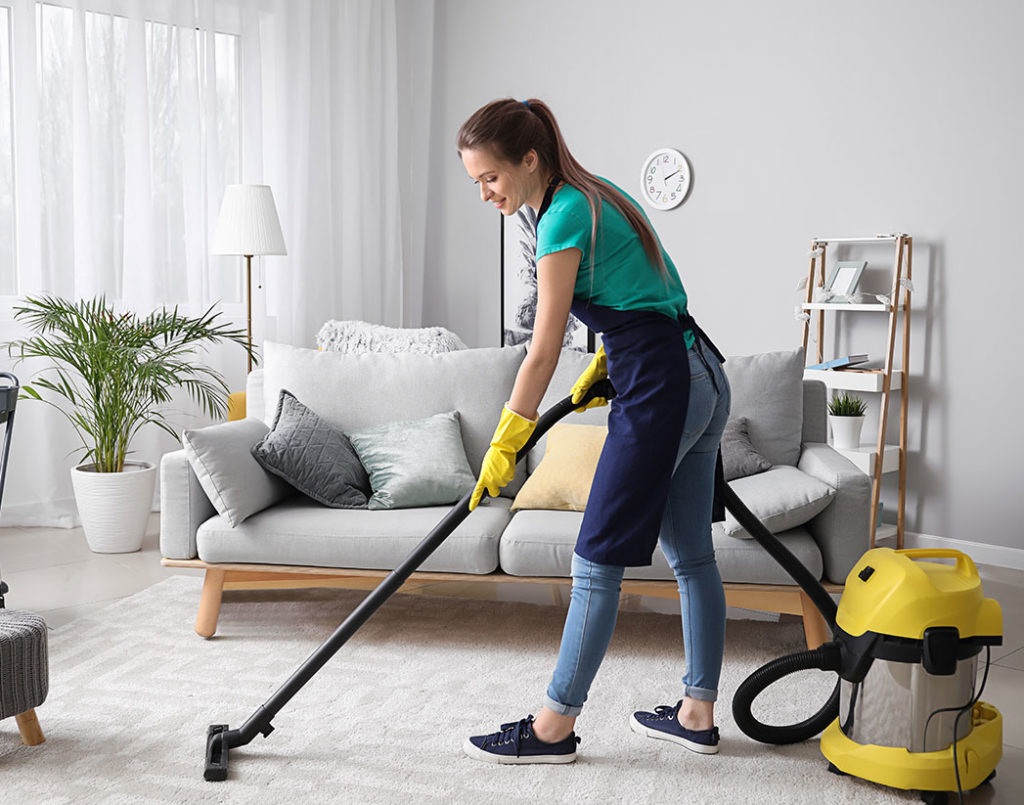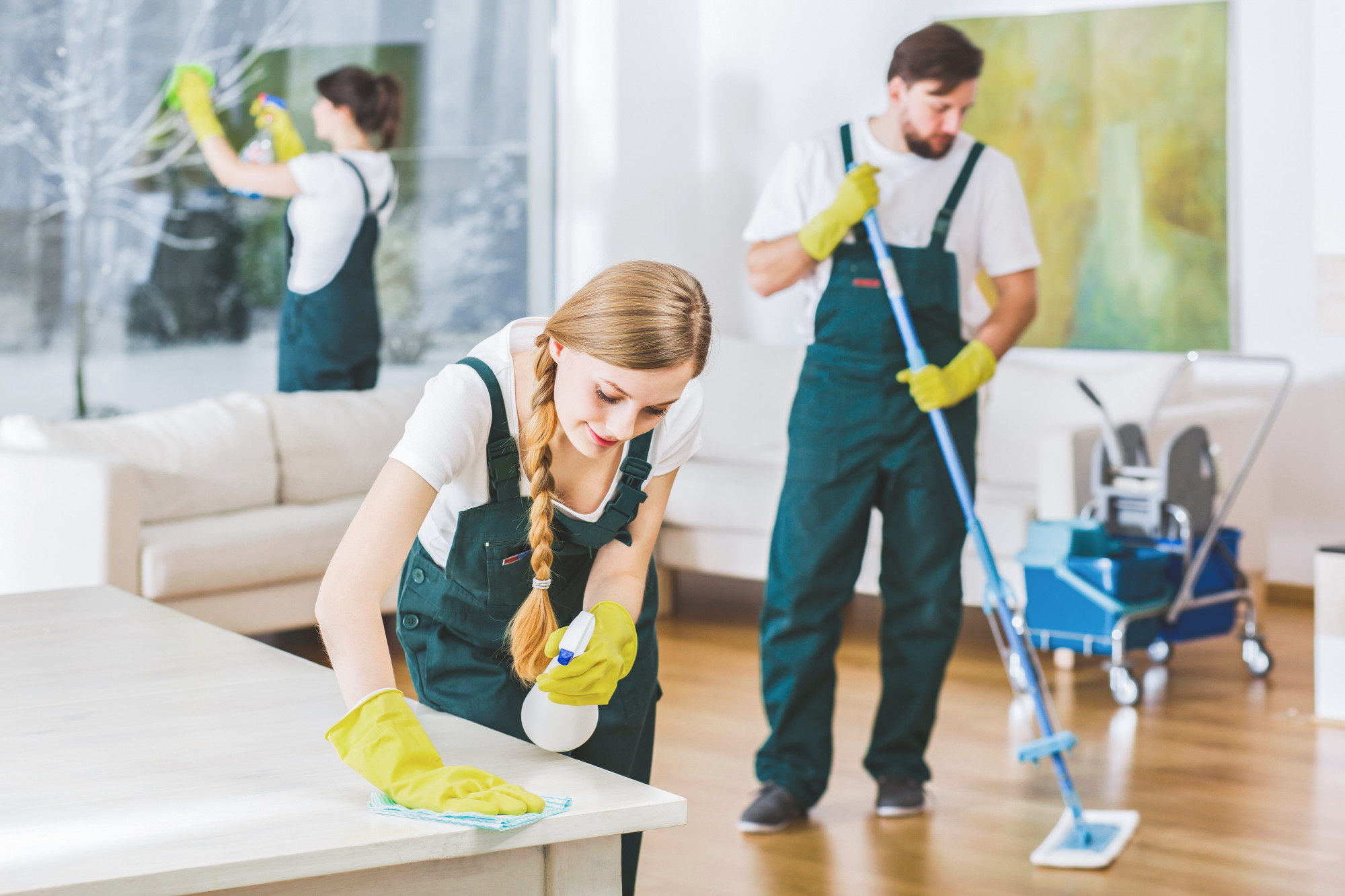The Best Everyday Cleaning Practices: Scrub the Surfaces, Vacuum Carpets, and Keep Clutter at Bay
The Best Everyday Cleaning Practices: Scrub the Surfaces, Vacuum Carpets, and Keep Clutter at Bay
Blog Article
Recognizing the Requirement for Extensively Disinfecting and Sterilizing Often Touched Surface Areas in High-Traffic Areas
In the realm of public wellness and security, the precise sanitation and sanitization of frequently touched surface areas in high-traffic areas stand as extremely important measures in stopping the spread of unsafe pathogens. The relevance of this practice extends far beyond plain cleanliness, diving into the world of disease avoidance and area well-being. By exploring the different facets of surface area sanitation, from the threats connected with ignoring cleansing methods to the efficient approaches that can be utilized, a more clear understanding arises of the important duty these methods play in protecting public health. As we navigate this conversation, it ends up being noticeable that the ramifications of detailed surface sanitation reverberate not just within the confines of a details atmosphere but additionally reverberate on a wider range, affecting the health and safety of individuals across varied communal setups.
Value of Surface Area Sanitation
Stressing the extensive disinfection of high-traffic surfaces is critical in preserving a hygienic environment and avoiding the spread of harmful virus. High-touch surfaces such as door handles, light switches, elevator buttons, and countertops work as breeding premises for microorganisms and infections. Regular disinfection of these surface areas is critical to decrease the threat of contamination and transmission of health problems.
By implementing a durable disinfection protocol, establishments and businesses can produce a much safer atmosphere for visitors, staff members, and consumers. Appropriate surface sanitation not just minimizes the spread of transmittable illness however additionally imparts confidence in the cleanliness and safety of the facilities. This proactive method demonstrates a commitment to health and wellness and health, which is especially important in high-traffic areas where the chance of exposure to virus is increased.
Additionally, surface area disinfection plays a crucial duty in general infection control approaches. Combined with hand health practices, wearing masks, and keeping physical distancing, extensive sanitation of high-touch surface areas forms an extensive defense against the transmission of dangerous microorganisms. Focusing on surface area sanitation is a crucial element of an alternative strategy to wellness and security in common rooms.
Risks of Overlooking Cleaning Practices
Ignoring thorough disinfection of high-traffic surfaces significantly enhances the danger of bacterial and viral contamination, posing a serious risk to the health and wellness of people frequenting these spaces. Failing to carry out correct cleansing practices can result in the accumulation and spread of harmful pathogens, consisting of viruses and germs, on frequently touched surfaces such as doorknobs, hand rails, elevator switches, and kitchen counters.

Moreover, ignoring the significance of detailed cleaning not just jeopardizes the well-being of people but additionally threatens initiatives to maintain a clean and hygienic atmosphere. It is essential to recognize the significance of correct disinfection methods in avoiding the spread of infections and securing public health and wellness.
Efficient Sanitation Approaches
To keep optimal tidiness and minimize the danger of contamination on high-traffic surfaces, using efficient sanitation methods is vital. One of the most common and reliable sanitation techniques is using chemical anti-bacterials.
One more effective approach is the Scrub the Surfaces use of UV-C light. UV-C light has been shown to be efficient in killing a wide selection of bacteria by interrupting their DNA framework, thus preventing them from replicating. Nevertheless, it is necessary to make use of UV-C light effectively, ensuring that the correct intensity and direct exposure time are put on attain the preferred disinfection results.
Furthermore, utilizing vapor cleaning as a disinfection method can be very reliable, particularly on surface areas that are heat-resistant. Heavy steam can permeate porous surfaces and eliminate microorganisms, infections, and various other virus successfully. When utilizing vapor cleansing, it is very important to make sure that the surface area gets to the needed temperature for a sufficient amount of time to guarantee correct sanitation.
Influence on Public Health And Wellness
The upkeep of high criteria of tidiness and sanitation on high-traffic surface areas plays a critical duty in safeguarding public wellness. Frequently touched surfaces in locations with high tramp, such as doorknobs, hand rails, elevator buttons, and toilet centers, offer as breeding grounds for unsafe microorganisms.
In high-traffic areas like airport terminals, colleges, health centers, and public transportation systems, the effect of rigorous sanitation steps can not be underrated. Focusing on the sanitization of often touched surfaces is a positive approach to promoting public wellness and boosting the safety and security of individuals in shared rooms.
Applying Normal Cleaning Methods
Promptly instituting and sticking to a regular routine of cleansing protocols is vital for maintaining the sanitation and security of high-traffic surface areas. Regular cleaning procedures are essential in preventing the accumulation of germs and microorganisms on frequently touched surface areas, especially in locations with high foot website traffic. By executing an organized approach to cleansing, organizations can successfully lower the danger of condition transmission and create a healthier atmosphere for employees, consumers, and the general public.
To establish an efficient cleansing timetable, it is crucial to determine high-traffic locations that require regular interest. These locations might include doorknobs, hand rails, lift switches, bathroom centers, and common equipment. Executing a regular cleansing program that targets these surfaces several times a day can significantly decrease the spread of unsafe germs and infections.
Moreover, using appropriate cleaner and disinfectants is essential to making certain that surfaces are completely sterilized. Routine training of cleaning up personnel on correct cleaning strategies and the relevance of adherence to the cleansing timetable is additionally crucial in maintaining a hygienic setting. By prioritizing constant cleansing procedures, organizations can advertise the health and wellness and wellness of people that interact with these high-traffic surfaces.

Verdict
In conclusion, it is critical to prioritize detailed sanitation and sanitization of regularly touched surface areas in high-traffic areas to avoid the spread of dangerous microorganisms and keep public health and wellness. Neglecting appropriate cleansing practices can boost the risk of contamination and transmission of illness. By applying regular cleaning methods and using efficient sanitation approaches, we can produce a much safer setting for everyone (Clear Out Any Clutter). It is crucial to recognize the relevance of preserving tidy surface areas in high-traffic locations to ensure the wellness of the neighborhood.
In the world of public wellness and security, the thorough disinfection and sanitization of frequently touched surfaces in high-traffic areas stand as vital procedures in protecting against the spread of harmful pathogens. By checking out the various aspects of surface area sanitation, from the risks associated with overlooking cleaning protocols to the effective approaches that can be used, a more clear understanding arises of the crucial role these practices play in safeguarding public wellness.Additionally, employing steam cleaning as a sanitation method can be extremely efficient, particularly on surfaces that are heat-resistant. When making use of steam cleaning, it is vital to make certain that the surface reaches the needed temperature for an adequate quantity of time to ensure correct disinfection.
In conclusion, it is important to prioritize comprehensive disinfection and sanitization of frequently touched surfaces in high-traffic locations to stop the spread of dangerous microorganisms and maintain public wellness.
Report this page